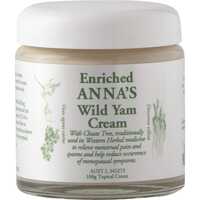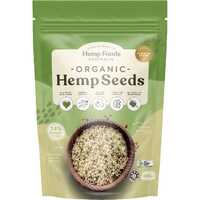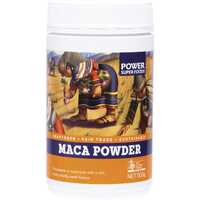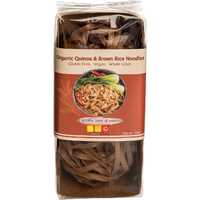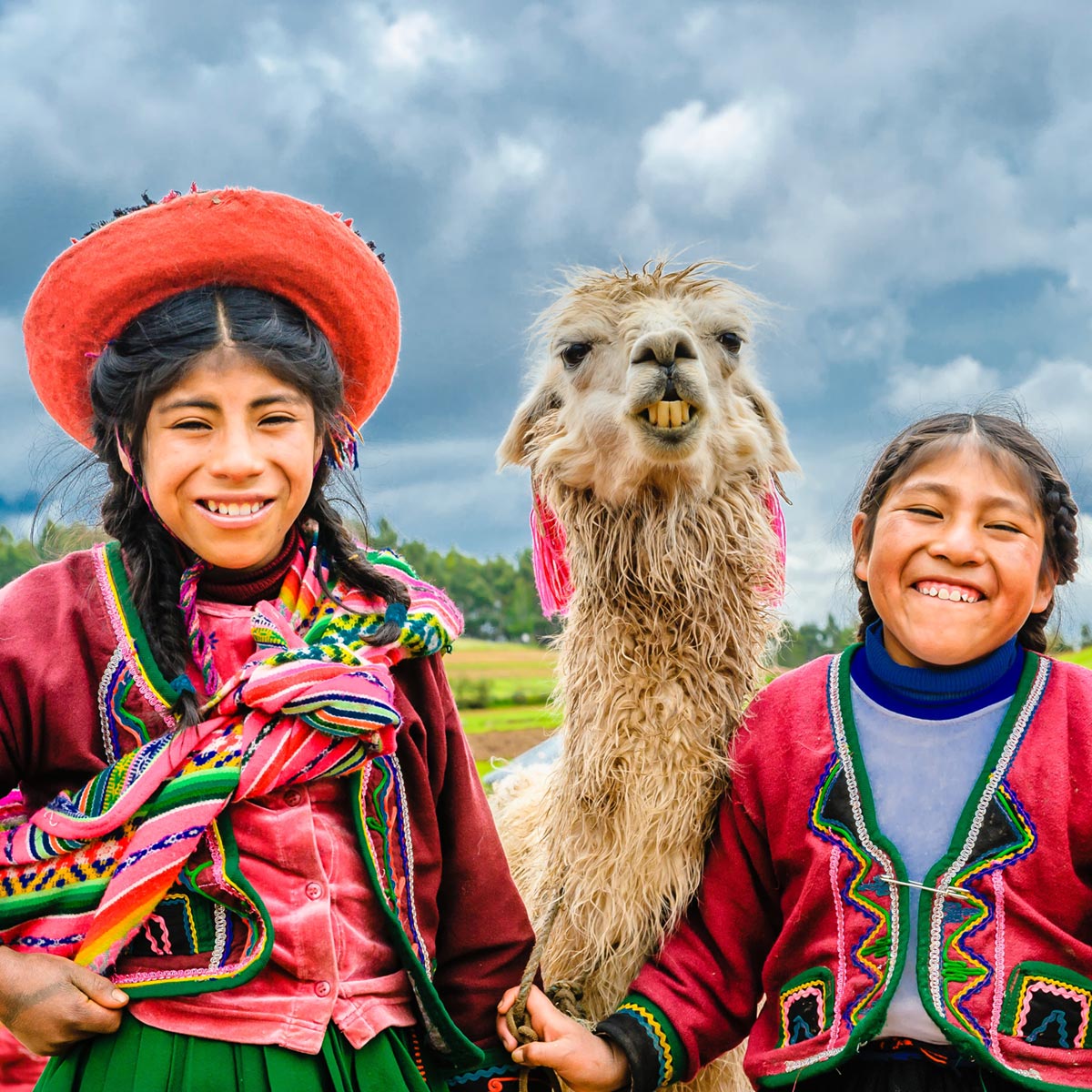Healthy food is a global phenomenon, with every culture on Earth sharing a love of fresh natural ingredients. Life-affirming foods can be found on every continent, and global trade routes provide easy access to the world's best products. From your kitchen in Australia, you can enjoy berries from the Americas, grains from Europe, and spices from the Far East.
The next few articles will look at health foods from around the world. From the cold climates of Scandinavia to tropical Southeast Asia, vibrant Africa, and the ancient Mediterranean, we'll review the best foods on planet Earth. From superfoods to famous local dishes, looking into global food culture is a great way to learn more about the world.
We'll start off in Central and South America and the many superfoods that come from this special part of the world.
What is the Latino diet?
Latin America includes all of Central America, South America, and the Caribbean. While there's not a singular Latino diet, lots of delicious food and famous ingredients come from this geographic region. Also known as the Latin diet, the Latino diet is defined by fresh ingredients, natural foods, and slow social eating with family and friends.
Popular ingredients include fresh fruits and coloured vegetables, corn and corn oil, yams and plantains, and seeds and beans. You'll also find moderate amounts of seafood, dairy, and poultry, along with occasional grilled red meats. While obesity is a growing problem in some South and Central American countries, the traditional Latino diet is low in sugars and unhealthy processed fats.
Along with specific ingredients and social eating habits, the Latino diet is also defined by one-pot meals. While grains and meats are eaten fairly regularly, they're rarely served separately on the plate. Instead, smaller portions of these ingredients are combined in one main dish. Burritos and tacos are a great example, with the act of food combination allowing for greater balance and moderation. While beef-loving Argentinians are an obvious exception, meat is mostly used as a condiment.
Other great examples of one-pot Latin meals include chicken fajitas, scrambled eggs with vegetables, stir-fries, and rice and black bean pilaf. Beans are legumes are very popular in this part of the world, and they're often used instead of meat. The Latino diet is also big on flavour, with herbs and spices used in most dishes. Cumin is central to many meals, oregano and coriander are everywhere, and chilli brings heat along with numerous health benefits.
Superfoods from Latin America
Central and South America is a huge place with a diverse landscape and climate. Along with famous Mexican dishes and colourful people full of life, this special region is famous for its rich plant life. From the tropical Amazon rainforest in Brazil to the Andes mountains in Chile and Peru, Latin America produces some of the world's healthiest foods. Many of the products we call 'superfoods' come from this part of the world, including quinoa, amaranth, maca root, camu camu, acai berry, and cacao.
The ingredients below have become popular across the world.
Quinoa
Quinoa is a flowering plant in the amaranth family grown for its edible seeds. Native to the Andean region of South America, this annual herb has a long history of natural distribution followed by intense cultivation. Quinoa was first fed to livestock up to 7,000 years ago, with humans starting to consume quinoa seeds between 2,000 and 1,000 BC. Quinoa seeds have spread across the world in recent decades, with health enthusiasts in the West inspired by their rich and well-balanced nutritional profile.
Quinoa seeds are rich in protein and dietary fibre, and they also have lots of beneficial vitamins and minerals. While most grains are fairly low in dietary goodness, quinoa is an absolute nutritional powerhouse. Raw quinoa consists of 64% carbohydrates, 14% protein, 13% water, and 6% fat. It has lots of folate and other B vitamins, along with essential dietary minerals like magnesium, iron, phosphorus, zinc, and manganese. Quinoa is also 100% gluten-free, and it's even a selected crop for NASA's Controlled Ecological Life Support System.
Amaranth
Amaranth is classified as a pseudocereal, and it's prepared much like rice or oats. As mentioned above, quinoa actually comes from the amaranth family. While there are 75 amaranth species spread across six continents, the most popular varieties originate from Central America. The 6-foot-tall perennial from this part of the world has become a billion-dollar global crop, thanks in large part to its nutritional properties.
From a nutritional perspective, there are lots of similarities between quinoa and amaranth. They both have lots of protein, they're both gluten-free, and they're both packed with beneficial vitamins and minerals. Amaranth is a complete protein source with all nine essential amino acids, and it also has plenty of manganese, magnesium, phosphorus, and iron. Full of antioxidants to boost brain function and fairly easy to grow in the right conditions, amaranth is a healthy addition to the global diet.
Maca root
Also known as Peruvian ginseng, maca is a biennial herb native to the high Andes mountains. Spreading from Bolivia and Peru to the rest of the world, this edible plant is largely cultivated as a nutritious root vegetable. Maca is the only member of its genus to feature a fleshy stem, which can be grown in a range of colours from light cream to purple-black. The colour affects the size and flavour, with light tones generally larger and sweeter and black maca having a slightly bitter taste.
In terms of nutrition, maca root is well-balanced and full of goodness. It contains lots of fibre, vitamins, and minerals, along with macamides, alkaloids, and glucosinolates. Maca root has particularly high levels of iron, vitamin C, and copper, and it also has moderate amounts of potassium, vitamin B6, and manganese. The popularity of maca root is not all down to nutrition, however, with modern studies suggesting benefits for menopausal symptoms among women and sexual dysfunction among men. Maca root is available as a powder, which you can easily add to soups, salads, or shakes.
Camu camu
Another South American sensation that has caught the world's attention is camu camu. This small bushy tree can be found next to rivers in Peru and Brazil, and it produces a popular red or purple fruit. From the Amazonian lowlands to the health food stores of the world, camu camu is enjoying increased popularity and accelerated cultivation. While camu camu fruit is very acidic and not that tasty, it has one very obvious nutritional superpower.
Much of the popularity of this fruit is due to its extraordinary vitamin C content, which is 2-3% of its total weight at around 2,000 mg per 100 g. Vitamin C is a powerful antioxidant, preventing oxidative stress and fighting the free radicals that cause so much disease. The fruit is also rich in magnesium, and it includes moderate amounts of manganese, iron, zinc, copper, and vitamin B12. Camu camu is sold as a powder, which makes it easy to consume whenever you need a natural vitamin C boost.
Acai berry
The acai tree may look like any other palm, but it produces one of the world's most nutritious berries. Native to the Amazon, this fruit has long been a staple for the indigenous peoples of Brazil. Acai berries are small and round with a purple-black colour, looking a bit like grapes but with a much bigger seed. These fruits have become very popular over recent years, thanks to a combination of clever marketing and genuine health benefits.
Acai consumers can look forward to low sugar levels, antioxidant properties, healthy fats, and beneficial fibre. The acai bowl has become something of a health food sensation, with this trendy dish adding juice, non-dairy milks, oatmeal, seeds, and nuts to acai powder or puree. Along with acai berries, two other small fruits from the Amazon deserve special mention. Maqui berries are high in fibre, iron, and calcium, and acerola cherries are a fantastic source of vitamin C.
Cacao
Last but certainly not least, cacao is the original South American superfood. The cacao bean is where chocolate comes from, with this seed also responsible for cocoa butter and the indigenous Mexican drink tejate. The cacao tree is native to the Amazonian rainforest, and it also grows in the foothills of the Andes mountains. With a history of domestication longer than 5,000 years, cacao production is no longer restricted to South America.
The nutritional benefits of cacao are well-known, with raw cold-pressed cacao loved by healthy people all over the world. It's rich in polyphenols and other antioxidants, it's full of beneficial flavanols, and it has high levels of iron among other minerals.
Raw cacao is often sold as a powder, but it can have a very bitter taste. To maximise the health benefits and minimise the bitterness, you can easily add cacao to cereals, smoothies, and shakes.
If you're looking for nutritious superfoods from Central and South America, you're in the right place. From nutritious bars and balls to life-affirming powders and smoothie blends, we offer the foods of the world in a way that's easy to consume. So check out our website today for unbeatable prices across thousands of products!


 Certified Organic
Certified Organic Vegan Friendly
Vegan Friendly  Vegetarian
Vegetarian Organic Ingredients
Organic Ingredients Dairy Free
Dairy Free Gluten Free
Gluten Free Keto Friendly
Keto Friendly

















